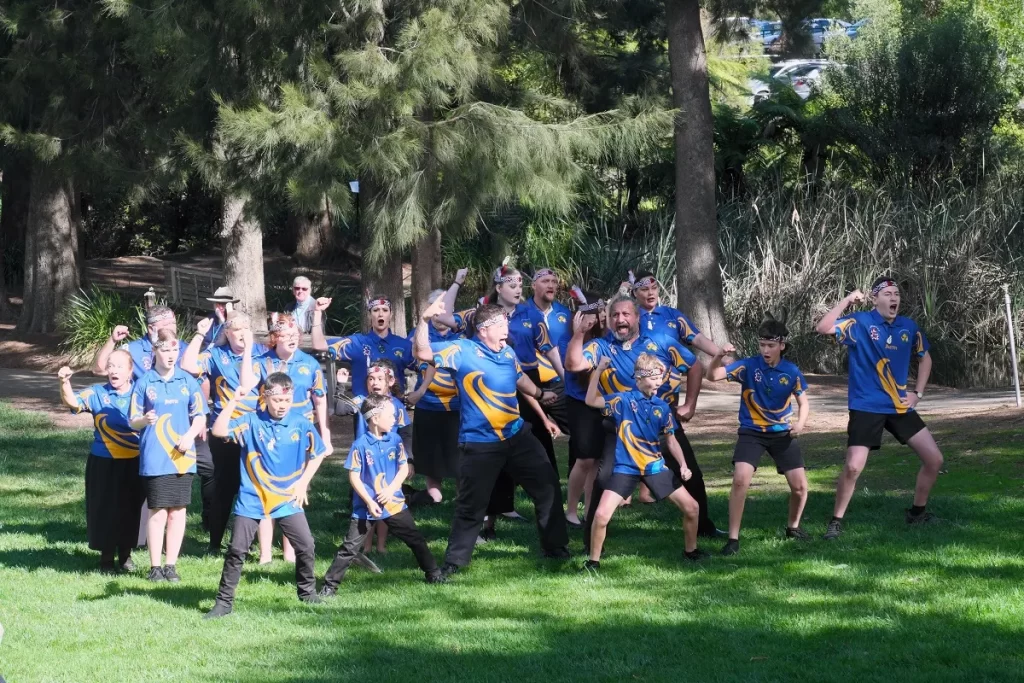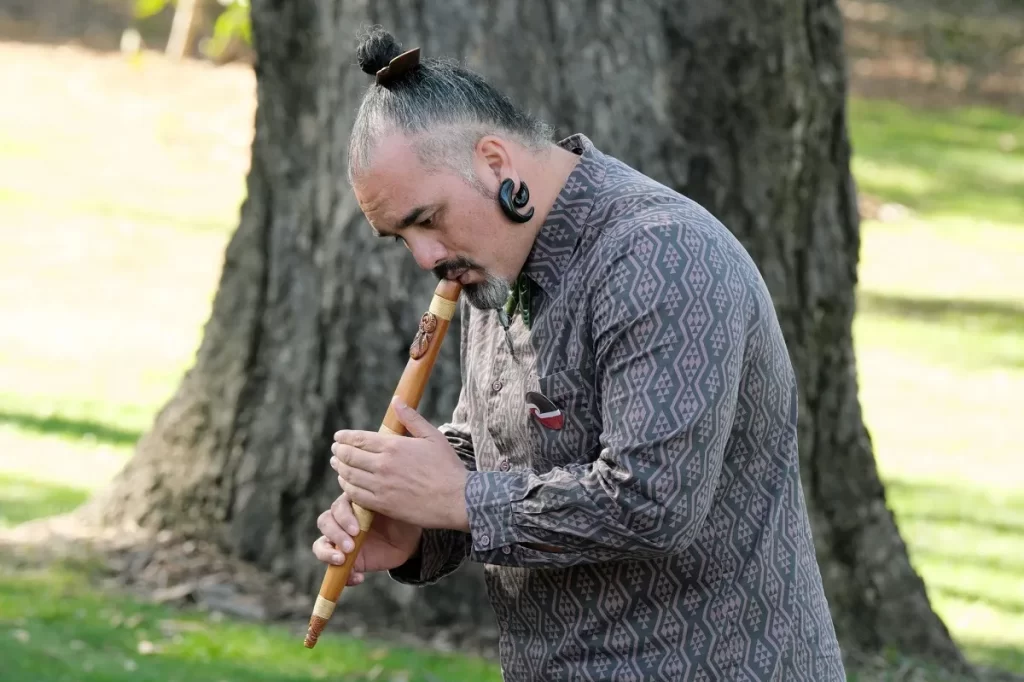THE Canberra International Music Festival has kicked off with the exquisite “Tree of Life” concert.
Celebrating the diverse influences of world music, combined with a rousing walk through the gardens, this concert fell nothing short of a “magical walk-through nature.”
Putting the “international” in the international music festival, this concert hit the nail on the head with this year’s “Pole to Pole” theme. The curation was a clever celebration of world music as it took a journey around the world with diverse artistic sentiments and styles.

After formal welcomes, there was a brief prayer and traditional welcome by the Tumanako Māori Cultural Group, who stressed the importance of community, togetherness and connecting with nature, which were the pervading themes of the concert.
The audience was divided into three groups, each walking through the gardens and alternating between performances.
As the groups each walked up the Rainforest Gully, they were greeted by the warm sound of Eric Avery’s singing and violin playing. The improvised melody was gentle yet played with confidence as his sonorous sound filled the air, accompanied by the uplifting morning breeze.

In a world premiere of Kim Cunio’s “John and Pauline Learn Farsi”, Gelareh Pour introduced the audience to the alluring sounds of the Persian spiked fiddle, otherwise known as a kamancheh. The piece employed the use of improvisatory Persian modes and featured a most hauntingly beautiful and melismatic voice line as she recited Persian poetry. The enchanting music wove itself effortlessly around the gardens as the resplendent melodies were conjured up by Pour.

A toy piano and eight flower pots from a hardware store are not what one would usually expect to find at a concert. Despite the unconventional choice of instrumentation, percussionists Louise Devenish and Kaylie Melville presented a confident, exciting and well-played set of pieces. Both pieces were rhythmically demanding and employed the use of complex polyrhythms and syncopations, executed flawlessly while managing to convey a sense of dynamics expression and different timbres.
Levente Szabó’s performance of “Symbiosis” by the Australian Dance Party and Andy McMillan was commanding and passionate. While unconventional (and maybe even a bit confusing at times), his stage presence was strong and conveyed a raw sense of connection to the piece which was translated well to the audience.
Situated in the Red Desert of the Botanical Gardens, Theo Carbo’s bass playing conveyed a calming sense of ambience that complemented and appealed to the vast open space. Although it was rather loud and could be heard from afar, it was a well-rounded and convincing performance and nevertheless enjoyable.

Prominent Māori musician and composer Horomona Horo gave an exciting and fascinating display of the taonga pūoro (traditional Māori instruments), in which he detailed the purposes, sounds and history of each instrument.
The final performance for the concert was presented by Solomon Frank and Niki Johnson; more widely known as Throat Pleats. The duo’s quirky and unconventional style of performance was humorous, spontaneous and light-hearted. The creative and insightful use of percussion instruments a piccolo clarinet and what appeared to be balloons tied to hoses was invigorating to see.
Judging by the many audience members who approached the duo after the concert to thank them, it was clearly well received. This concert combined ancient and contemporary styles to conjure up one holistic and nuanced approach to music making, melding together different traditions into one seamless program.
Despite the distance patrons were made to walk and the minimal seating arrangements, this was a refreshingly unique experience.
This article was written by Dante Costa from Canberra City News.
Featured Image: Eric Avery at the gardens. Photo: Peter Hislop.
